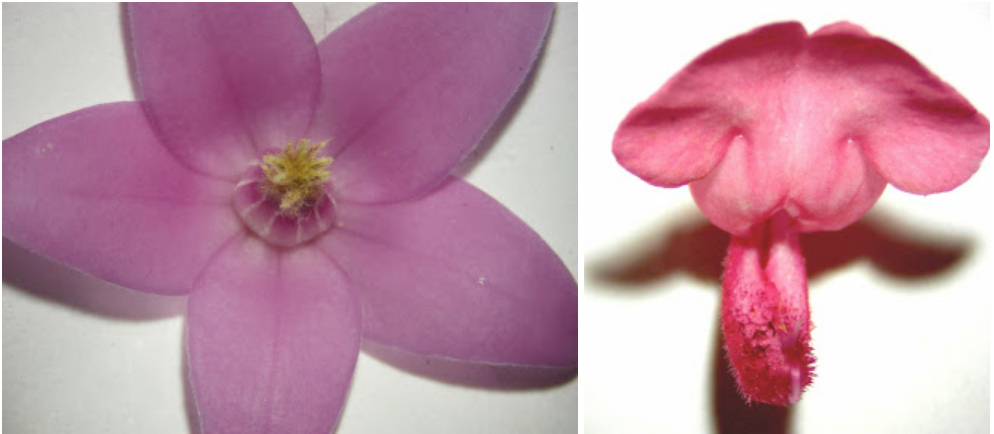In addition to your lab manual, refer to Judd et al Chapter 4 to help you with understanding the diversity of floral forms, and also that flowers have fundamental similarities with respect to the strict arrangement of sepals, petals, male parts and female parts – always in this order from the outside in.
Make sure to look at the sections here on carpel positioning and floral morphology.
When keying out plants, decisions have to be made as to whether you have flowers, inflorescences, whether the flowers have stalks, and where the flowers are positioned (e.g. are they terminal i.e. at the ends of the branches?). Additional decisions as to whether, if more than 1 ovary, ovaries are fused to each other or free from each other, and whether the ovary is inferior or superior.






























